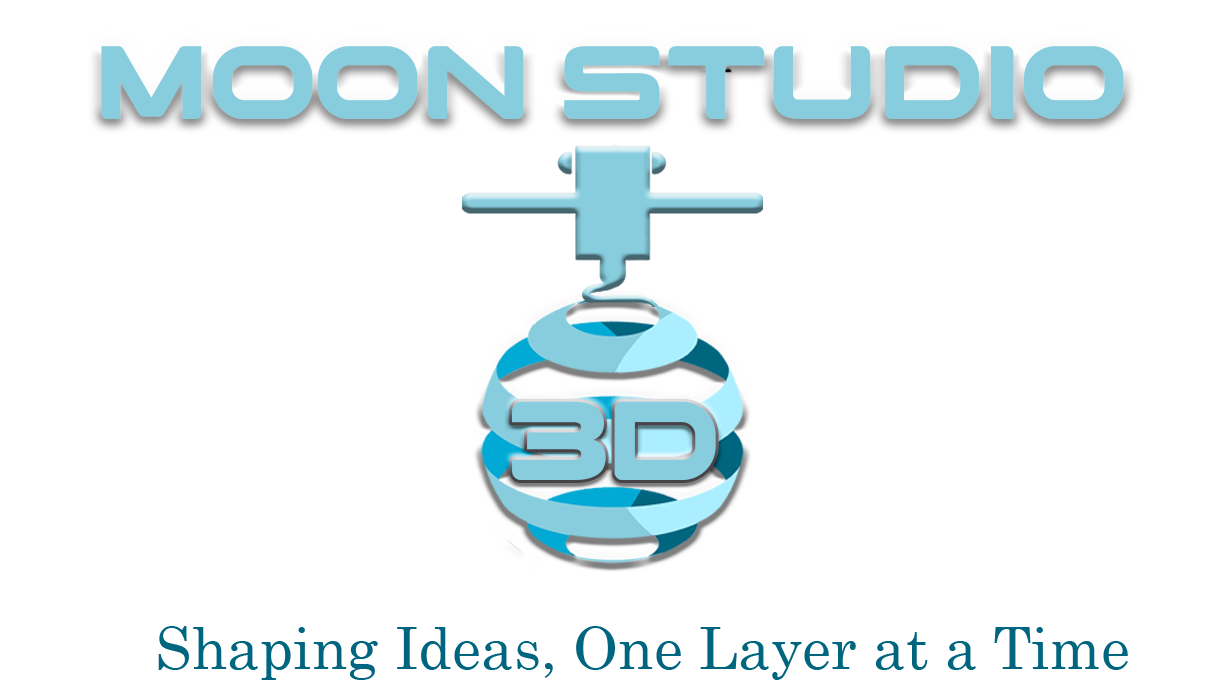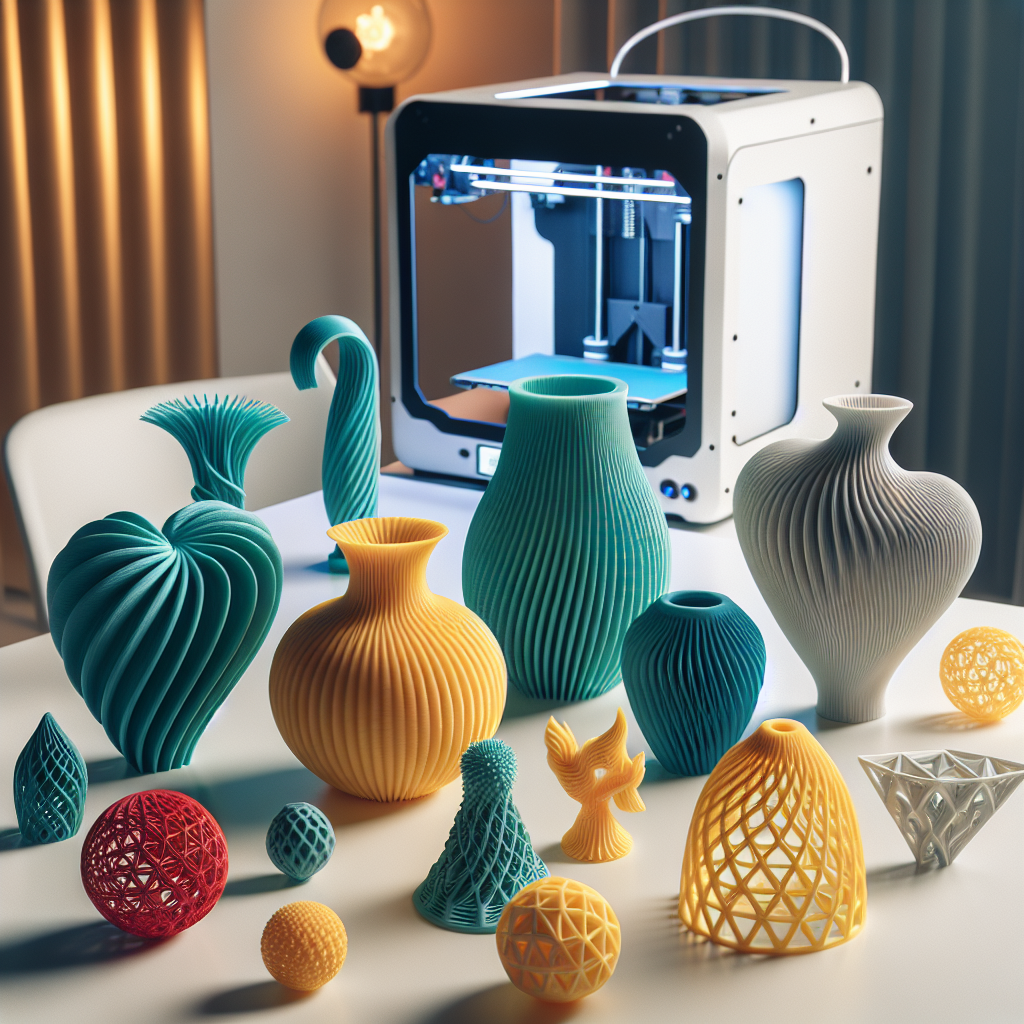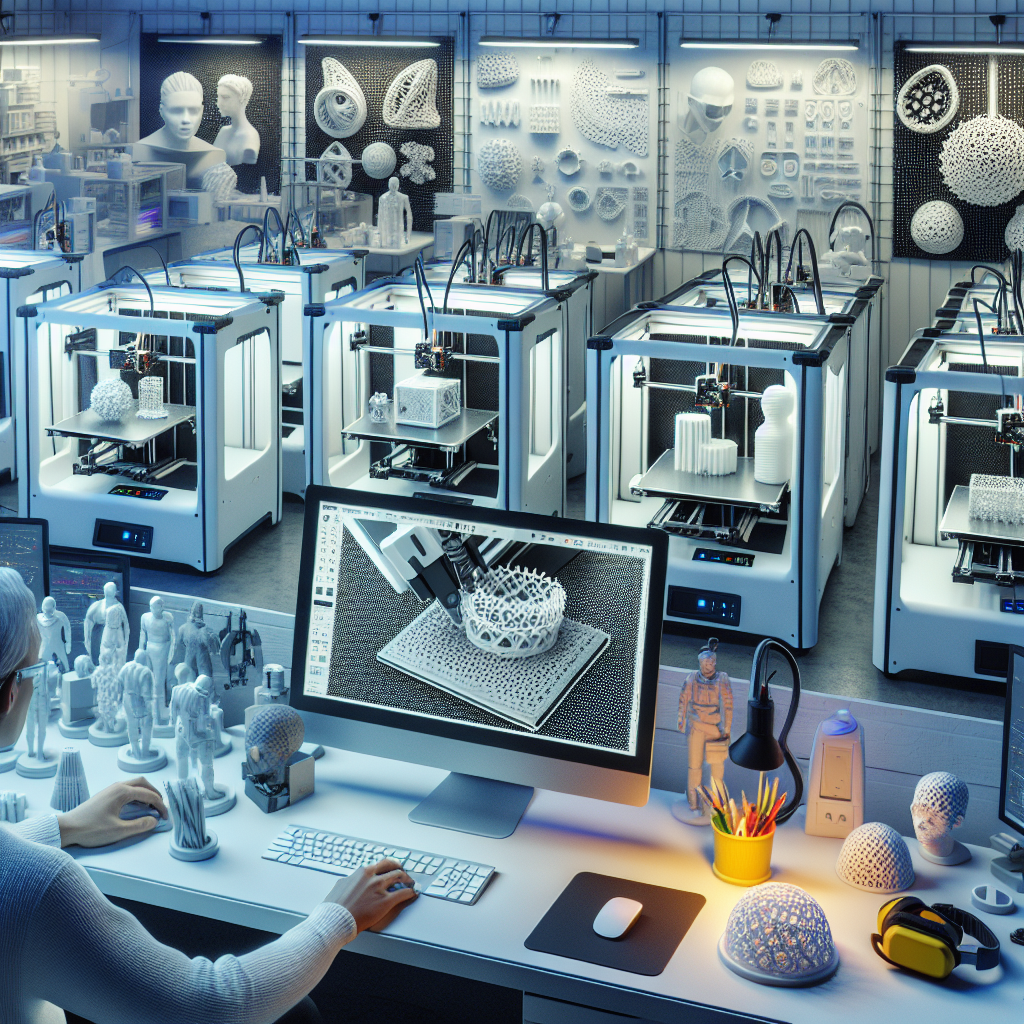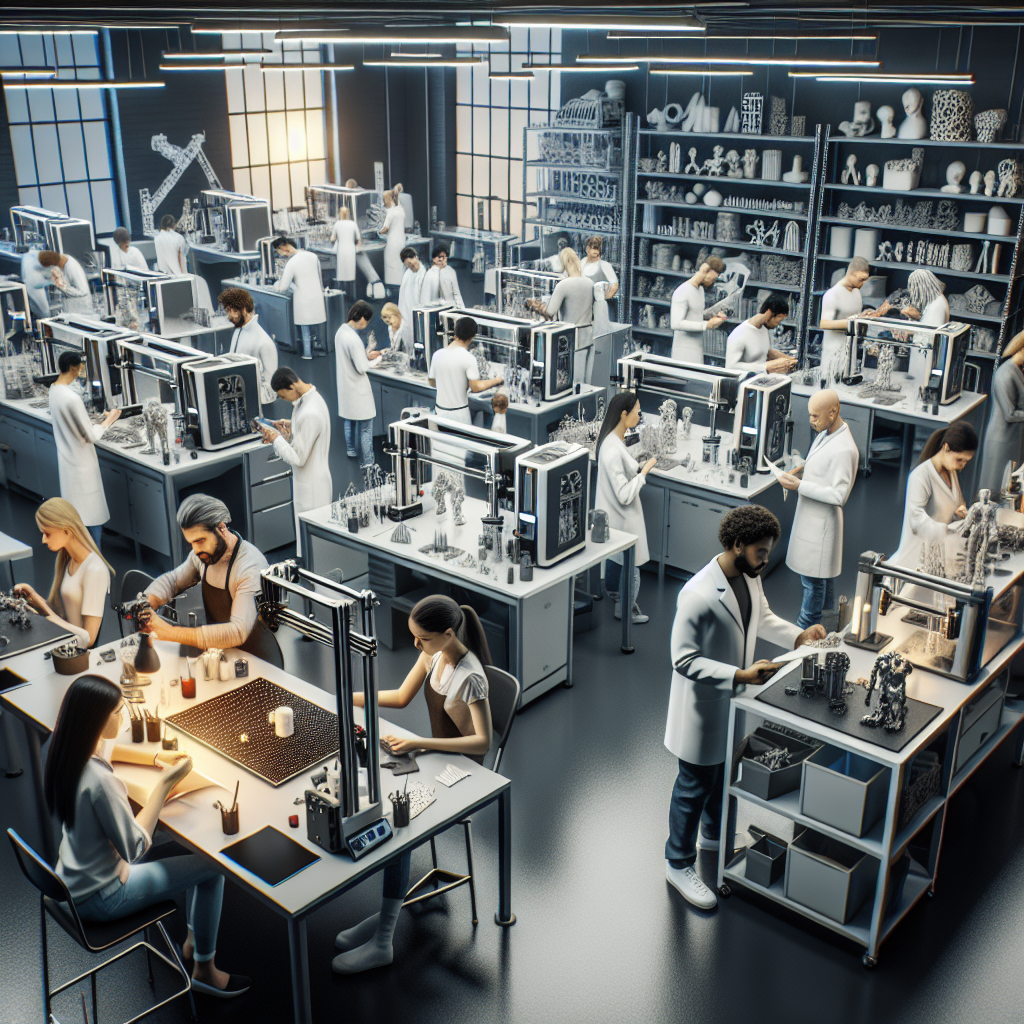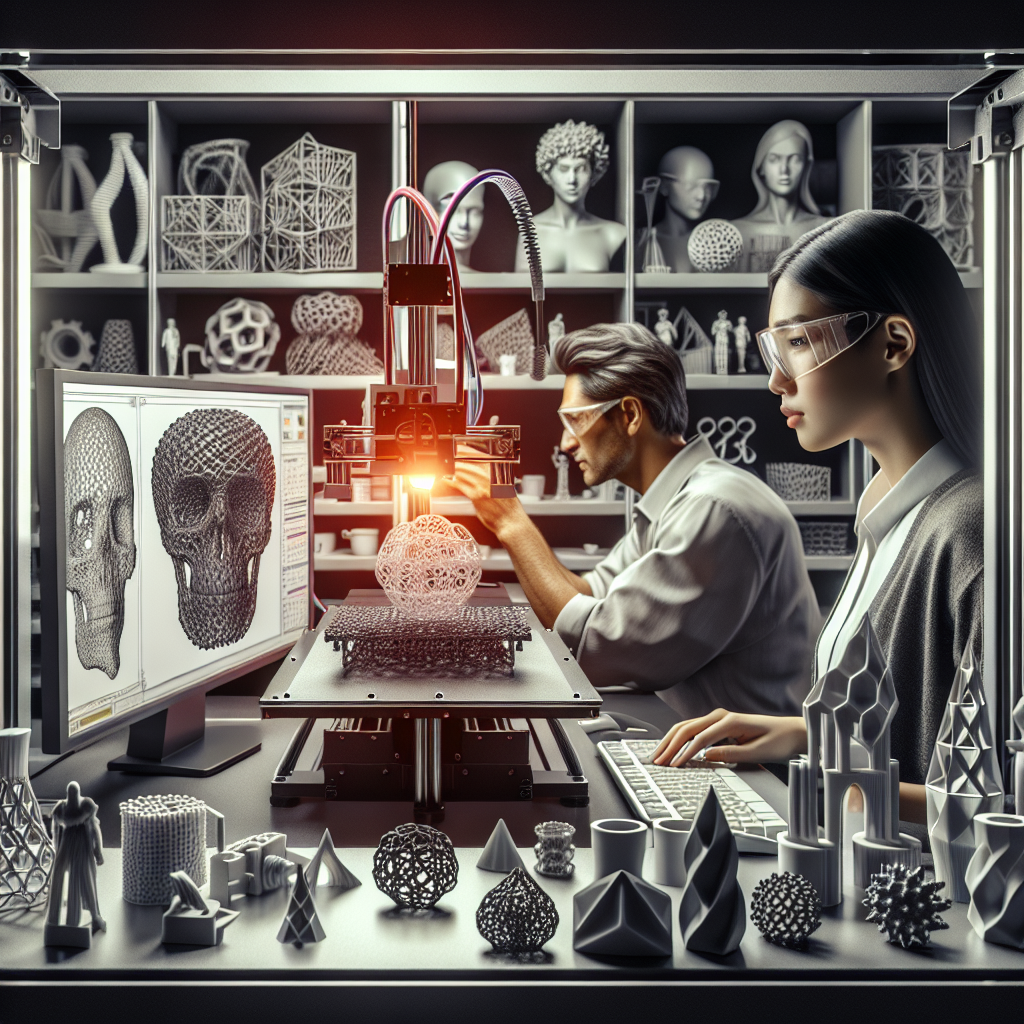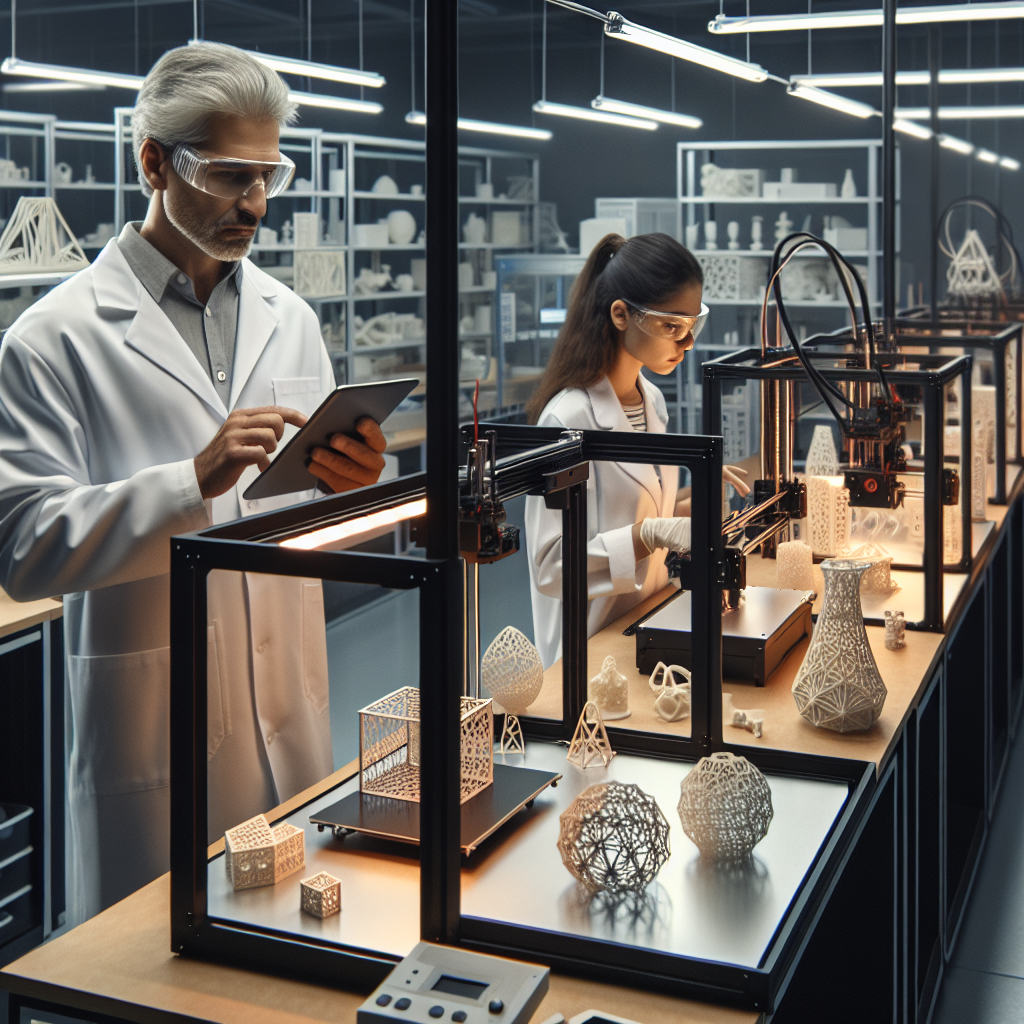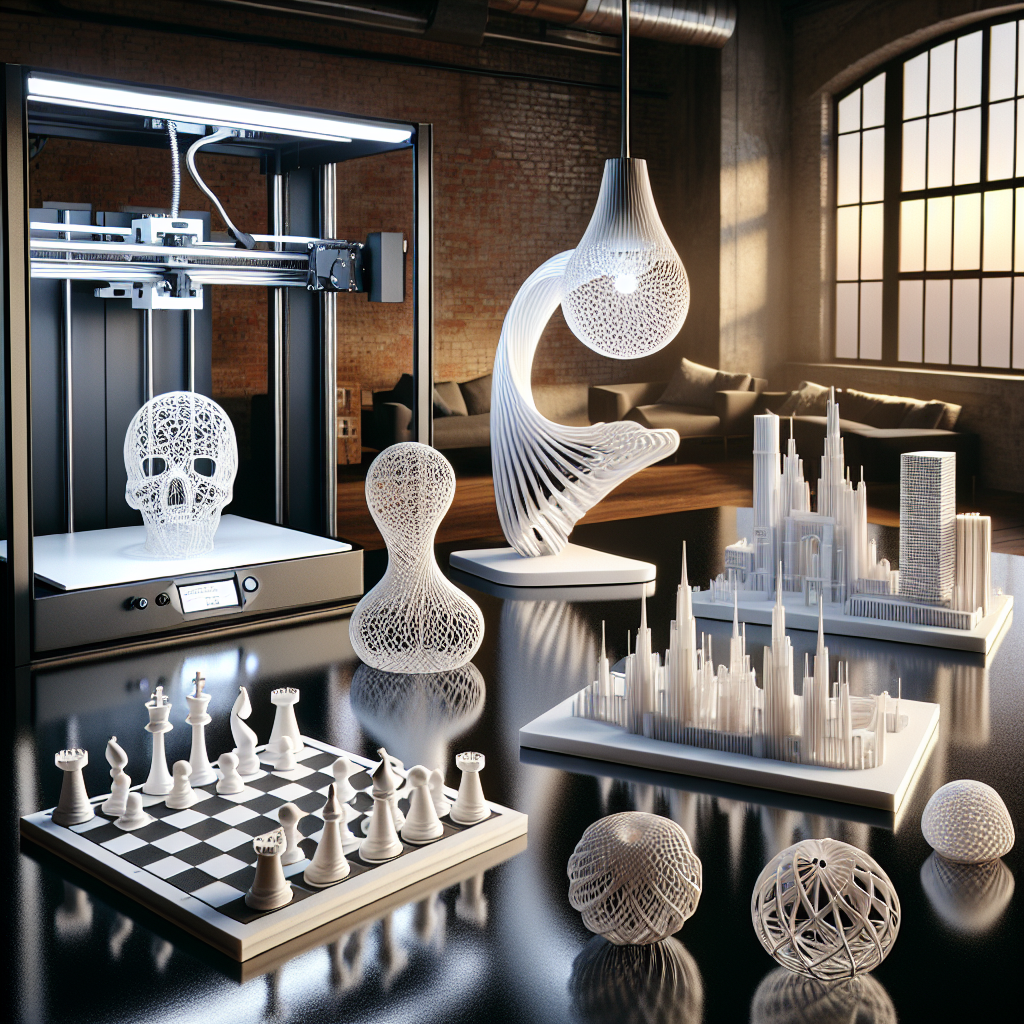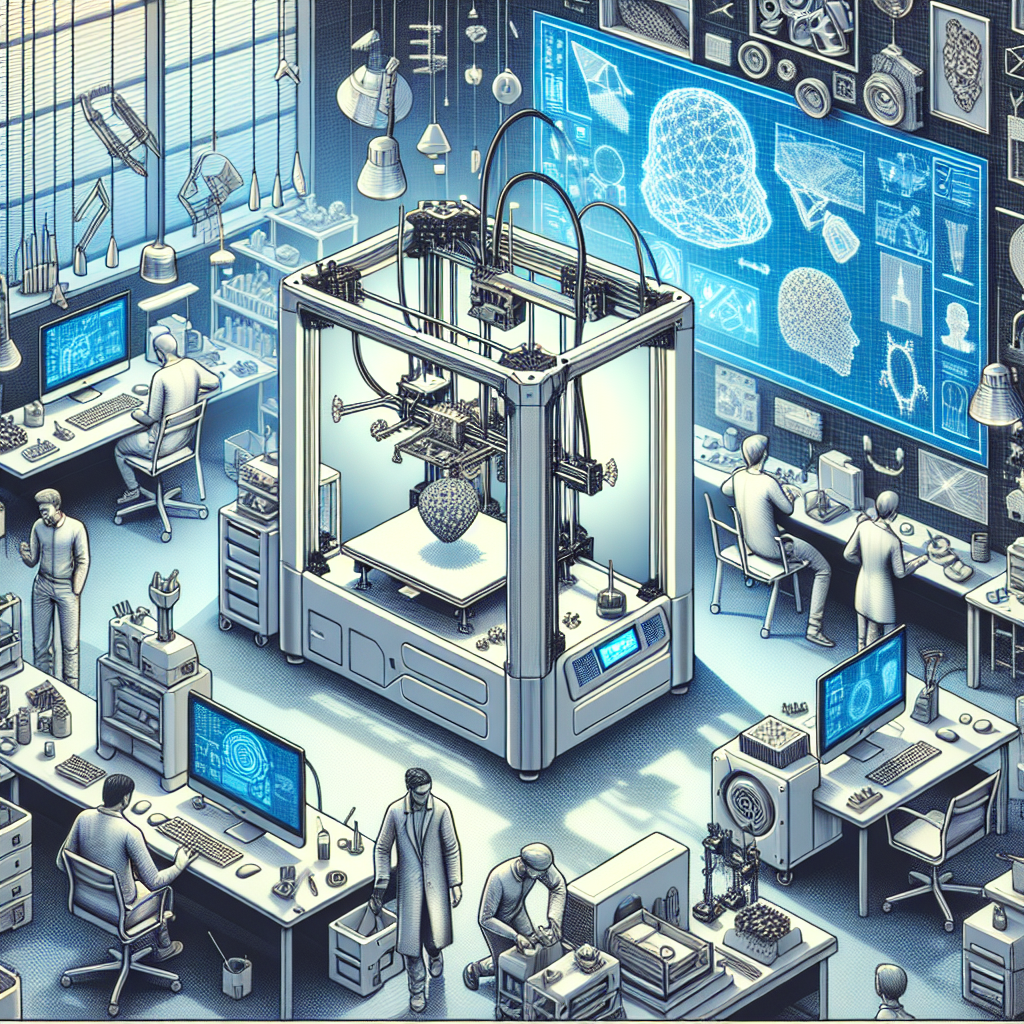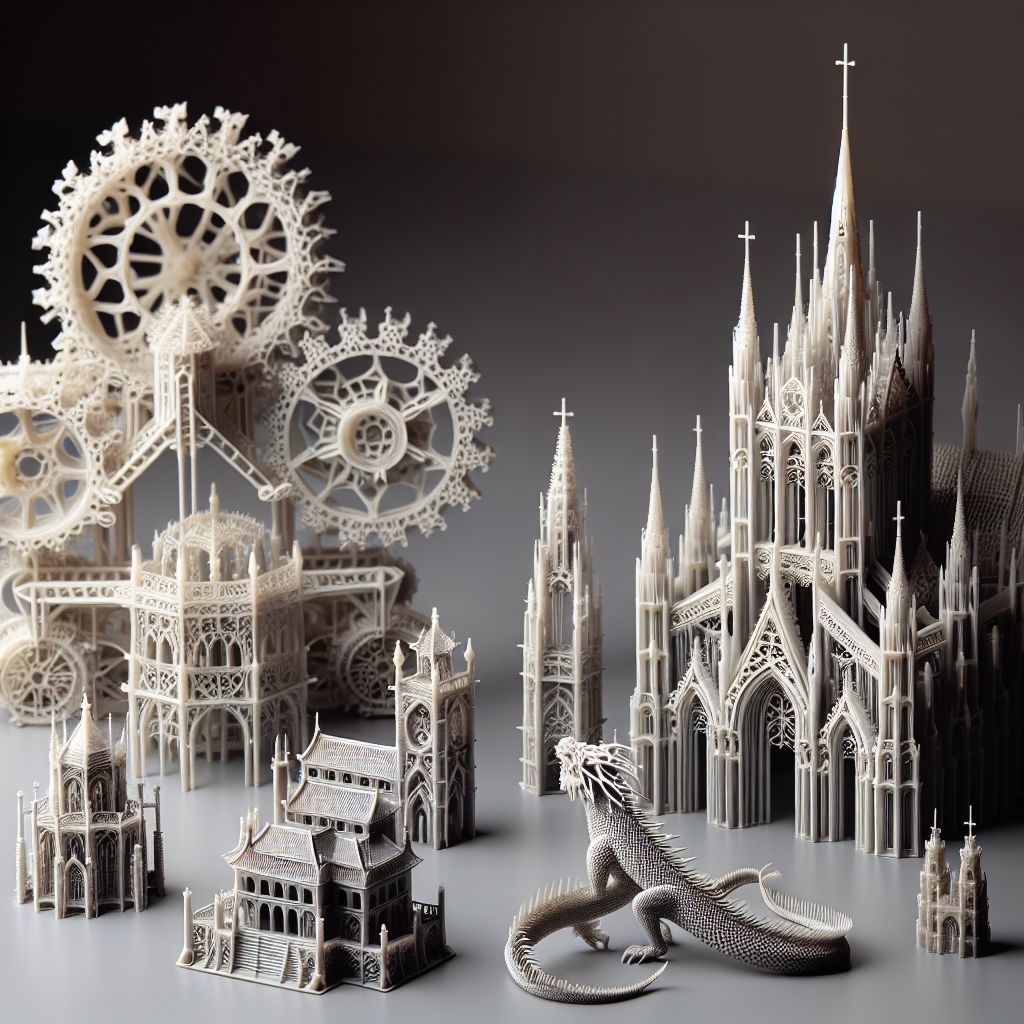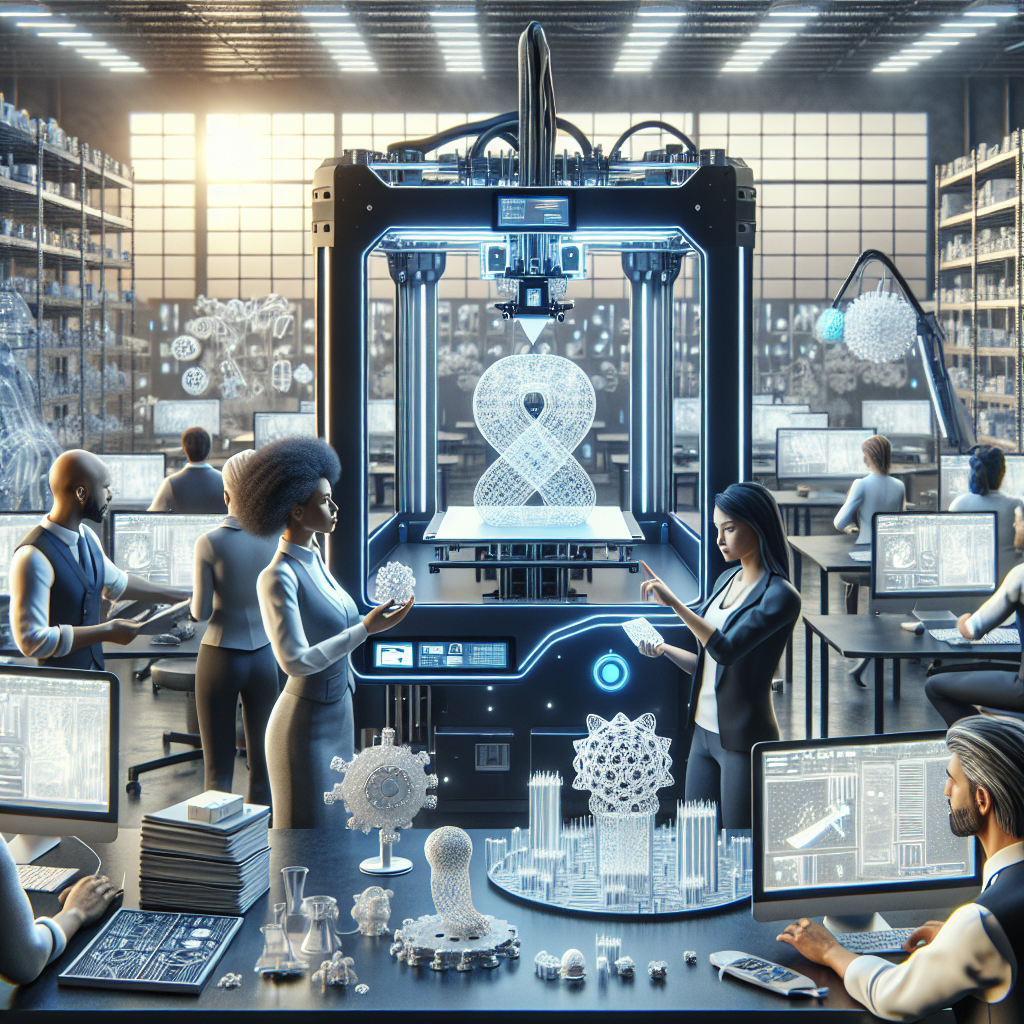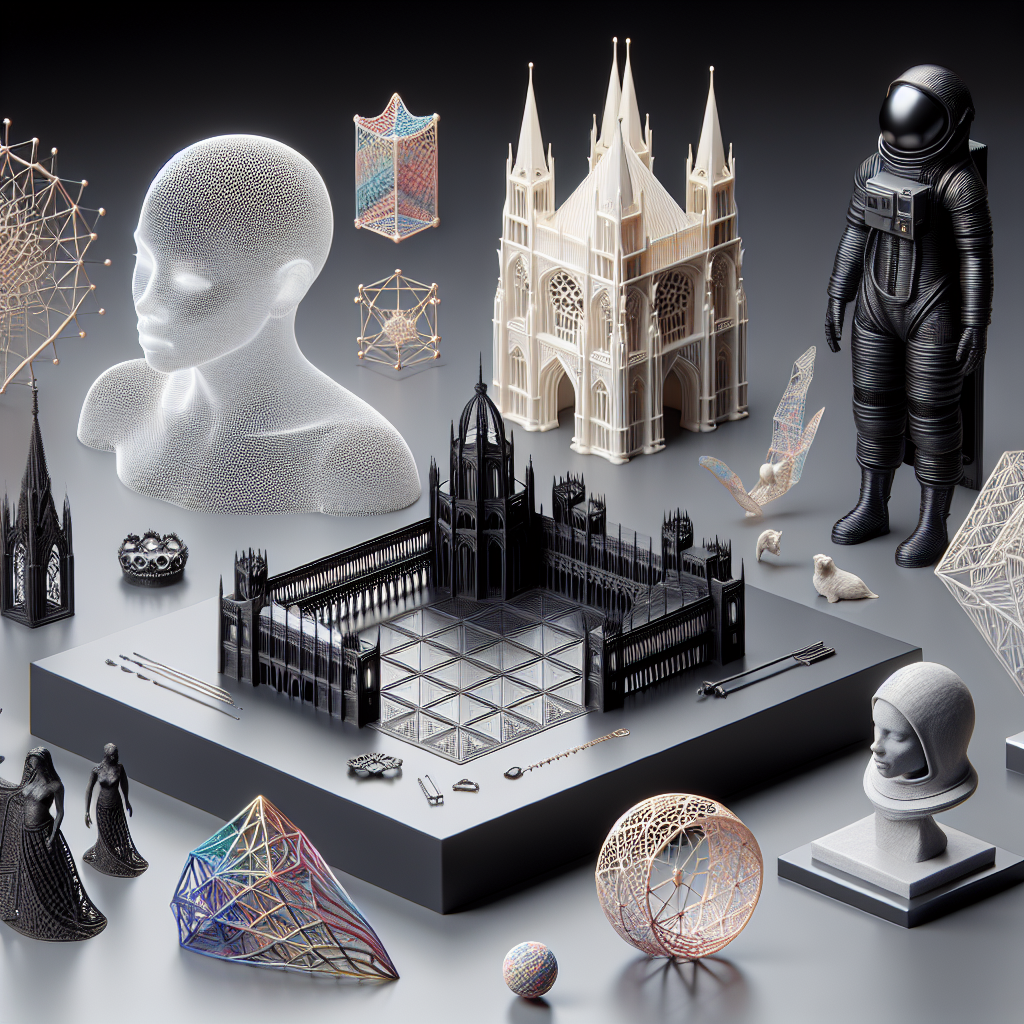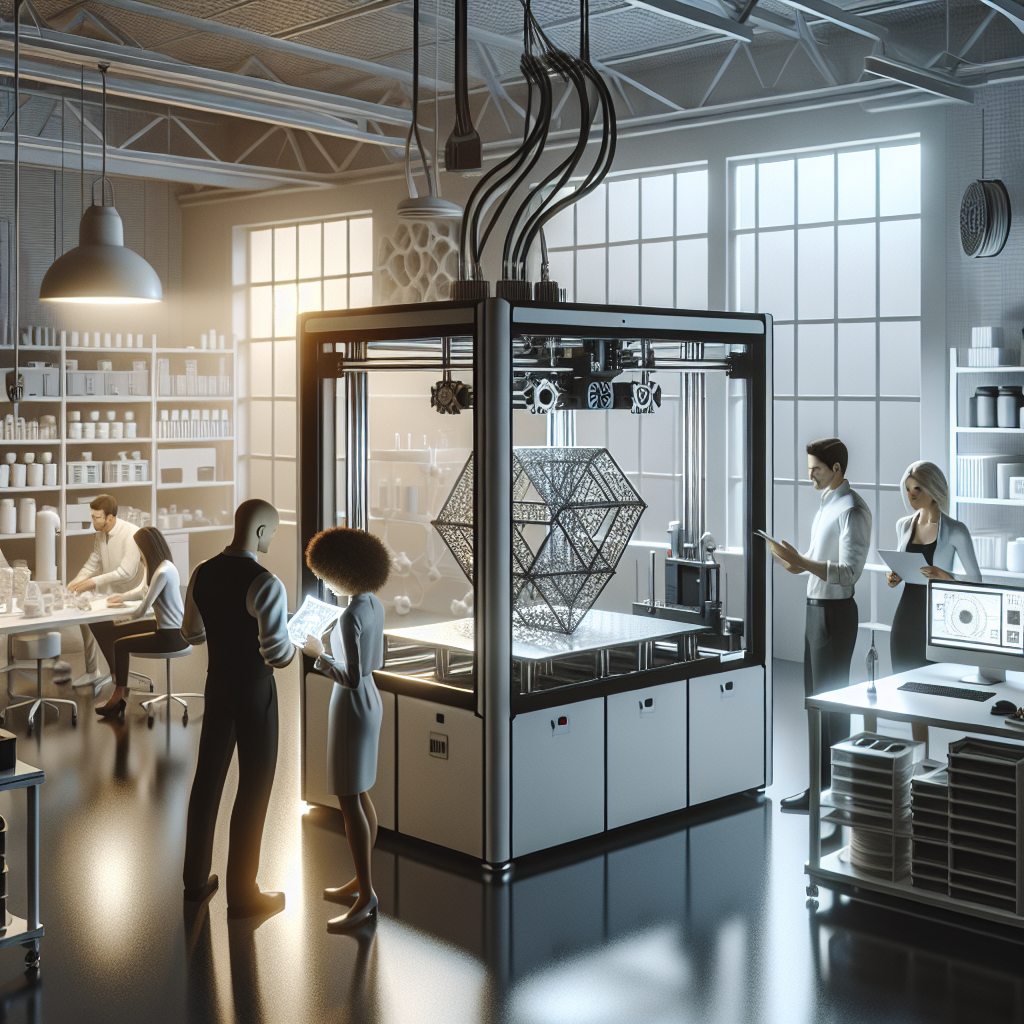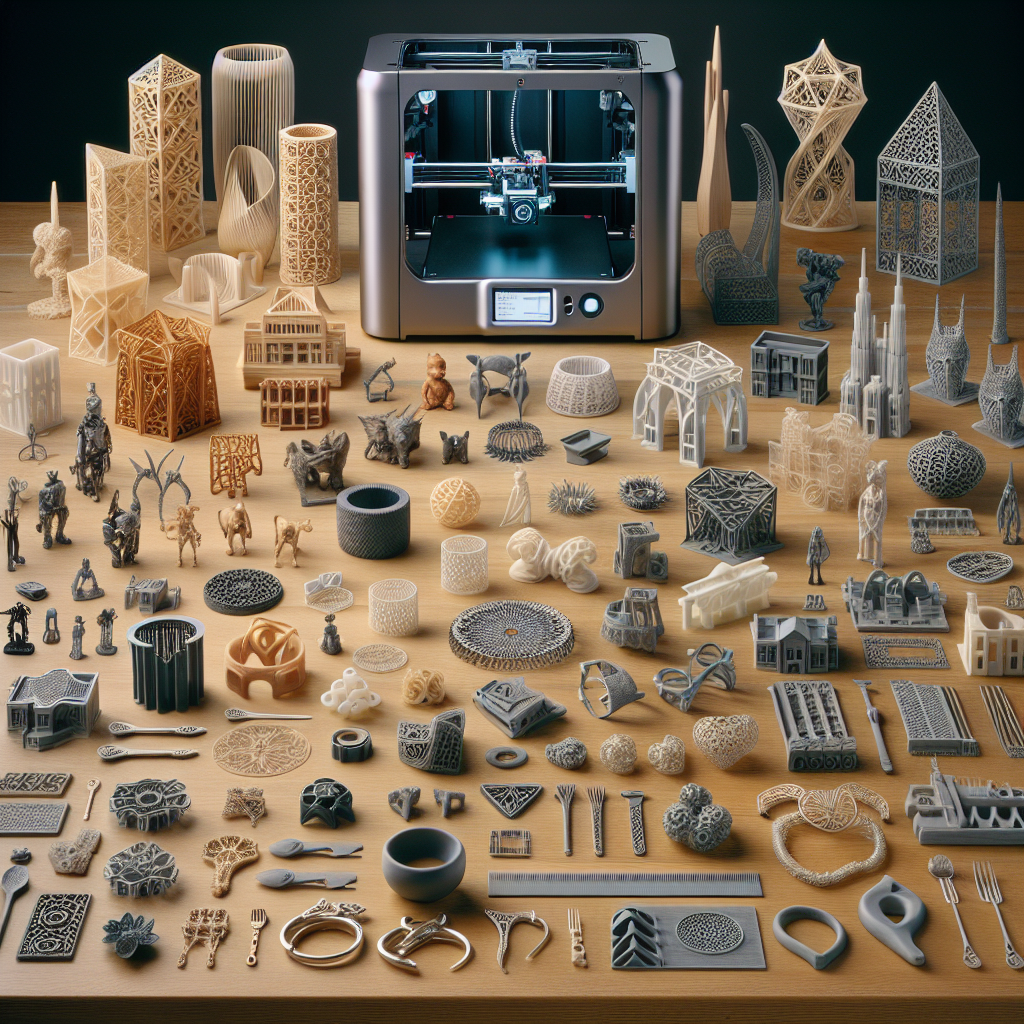In recent years, the world of manufacturing and product design has undergone a significant transformation, brought forth by the advent of 3D printing technology. From prototyping to production, 3D printing offers unparalleled advantages, especially in the realm of customization. Now, more than ever, consumers can browse virtual shelves and receive personalized products delivered straight to their doorstep. In this article, we delve into the fascinating journey of custom 3D printed products and explore their increasing significance in modern commerce.
The Rise of 3D Printing
3D printing, also known as additive manufacturing, has been around since the 1980s but has seen significant advancements in the last decade. It involves creating a three-dimensional object by adding material layer by layer, based on a digital model. The rise of 3D printing can be attributed to various factors, including technological advancements, decreasing costs of 3D printers, and a growing community of innovators exploring new applications.
What is 3D Printing? 3D printing allows for the creation of highly detailed and complex objects that are impossible to achieve with traditional manufacturing methods. The technology provides individuals and companies the possibility to produce custom products tailored to specific needs and preferences. Whether it’s a custom phone case, intricate jewelry, or a tailor-made prosthetic limb, 3D printing offers unprecedented flexibility and creativity.
Virtual Shelves: Customization and Choice
One of the most attractive features of custom 3D printed products is the level of personalization available to consumers. Virtual platforms allow users to select, customize, and preview designs before they commit to purchase. This level of customization transforms the traditional buying experience, aligning with the growing demand for bespoke products.
Innovative Product Ideas
-
Customized Jewelry: Jewelry customization has reached new heights with 3D printing. Customers can design unique rings, bracelets, or pendants that reflect their personal style and taste. The possibilities are endless, with Moon Studio 3D’s jewelry designs serving as a prime example of creativity and innovation in the jewelry space.
-
Home Decor: The home decor industry has embraced 3D printing by providing customers with the ability to create unique items that match their interior design preferences. From intricate lampshades to bespoke vases, the journey from a virtual concept to reality has never been more seamless.
- Functional Accessories: Everyday items such as phone holders, laptop stands, and organizers can be customized to precise specifications, enhancing both utility and personal satisfaction. Explore the range of functional accessories available through 3D printing.
The Manufacturing Process: From Design to Delivery
-
Conceptualization and Design: The journey of a custom 3D printed product begins with an idea. Designers use CAD software to create a digital model, fine-tuning details to meet a client’s specifications.
-
Material Selection: Various materials, including plastics, metals, and resins, can be used in 3D printing, each offering different properties. Selecting the appropriate material is crucial for achieving the desired outcome.
-
Printing: The 3D printer processes the digital model by building the object layer by layer. Depending on the complexity and size, the printing process can range from a few hours to several days.
-
Post-Processing: Once printed, products often require additional finishing touches, such as sanding, painting, or polishing to achieve the perfect final look.
-
Quality Control: Rigorously checking for defects ensures that the final product meets the highest standards of quality.
- Shipping and Delivery: The finished product is carefully packaged and delivered to the customer’s doorstep, completing the journey from virtual design to tangible reality.
The Benefits of Custom 3D Printed Products
Custom 3D printed products offer numerous benefits over traditional manufacturing methods:
-
Personalization: Consumers have the opportunity to express their individuality, owning products that resonate personally with them.
-
Efficiency: From reduced waste to quicker production cycles, 3D printing often results in more efficient processes.
-
Innovation: The technology fosters innovation by allowing for quick iterations and prototyping without immense costs.
- Accessibility: Small businesses and individuals have more access to manufacturing capabilities that were once reserved for large corporations.
Challenges in 3D Printing
Despite its many advantages, there are challenges associated with 3D printing that must be addressed:
-
Material Limitations: While technology is advancing rapidly, some materials still have constraints regarding strength and durability.
-
Cost: Though prices are decreasing, the initial investment for a high-quality 3D printer can be significant.
- Skills and Expertise: Designing for 3D printing requires a certain expertise in CAD and a good understanding of material science for optimal results.
Conclusion
The journey of custom 3D printed products from the virtual shelf to the consumer’s doorstep marks a significant shift in how products are conceived, designed, and produced. This technology not only provides unparalleled customization but also democratizes manufacturing, allowing for innovation at all scales, from individual creators to large-scale enterprises.
As 3D printing technology continues to evolve, more sectors will integrate it into their processes, leading to even greater innovation and efficiency. For those looking to explore this fascinating world of custom 3D printing, platforms like Moon Studio 3D offer a wealth of resources and inspiration.
With the increasing demand for personalized and innovative solutions, the future of 3D printing appears bright. The bridge it forms between digital ideation and physical realization stands as a testament to the boundless potential that lies within this remarkable technology.
